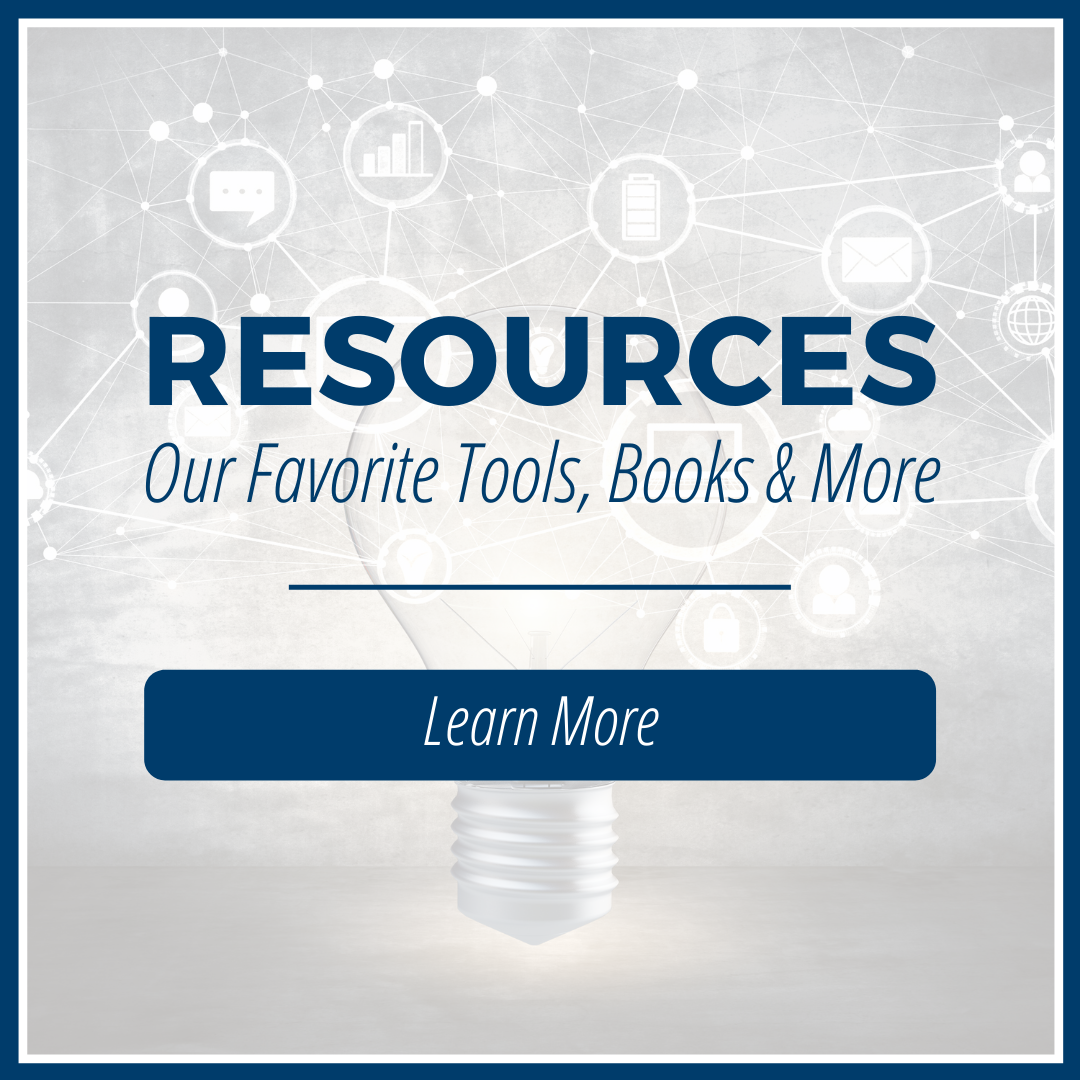Planning Fallacy – Under and Overestimating Time and Cost of Task

Planning Fallacy is another cognitive bias we use to foretell how much time and possible cost we need to complete a task; we usually either or both underestimate or overestimate our investment of time and/or cost for finishing a project. Once again, it was Daniel Kahneman and Amos Tversky[1] who first proposed this bias in 1979; they included benefit shortfalls along with overruns of time and cost.
This fallacy applies not only to the individual planning a task but also to observers who watch apart from the endeavor. The observer is usually pessimistic about the time and task, while the doer is mostly optimist about the time and cost. And one’s past experiences with undertaking a task is often more optimistic due to past events; many do not recall how long a previous task took. Nevertheless, there is still the phenomenon of being mistaken about time and cost. “People recognize that their past predictions have been overly-optimistic, while insisting that their current predictions are realistic- from: APA Psyc Net.[2]
There is a clever advisement by “Planio” (a planning company) that explains the Planning Fallacy with several historic examples to make it easy to understand and apply in our daily lives. Of course, Planio wants you to use them for your planning. But it’s worth a review to understand this bias.
Cognitive biases are essentially flawed in our thinking. Our brains have evolved to treat information in particular ways. … The planning fallacy is one that affects most of us at some point; it affects our productivity, how we work with others, and how we make decisions at work. This article appreciates Douglas Adams’ quote: “I love deadlines. I love the ‘whooshing’ noise they make as they go by.”
The advertisement went on to make suggestions for avoiding Planning Fallacy
- Plan for hiccups: we mostly plan for “best-case scenarios,” but reality happens; Better to figure delays and mistakes into your plan.
- Look to others for examples. Learn from their mistakes. Swallow your pride and ask around.
- Broaden your perspective: using more vague estimators might be more accurate.
- Reframe your deadlines: deadlines are abstract when they are far away. Reframe your deadline in a different format – express it in days…
- Simplify the task and get rid of too many steps.
Finally, here’s a 3½ minute video that runs through the breakdown of planning fallacy; quick and easy.
Take-away: Planning fallacy leans on our memory and this is our first mistake. Our memories are not reliable for facts and accuracy. Memories in the brain are just cues of what happened in the past – we pick up the cue and construct our story differently each time we “recall” it. The same with our planning; we only have cues about how well we did with the variety of tasks. These are pitfalls when planning an endeavor. Planning needs careful preparation.
Sources:
[1] Kahneman, Daniel; Tversky, Amos (1977). Intuitive prediction: Biases and corrective procedures (PDF). https://apps.dtic.mil/sti/citations/ADA047747
[2]APA PsycNet: https://psycnet.apa.org/record/2003-02858-014)



